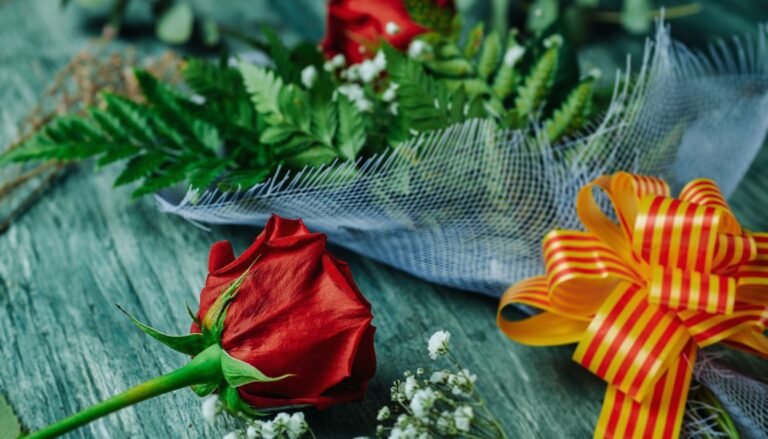Bissarra, Tangier Morocco
In the winding streets of Tangier’s ancient medina, where the Mediterranean meets the Atlantic, a humble yet hearty dish tells the story of Morocco’s culinary soul. Bissarra, a warming fava bean soup, rises with the morning sun as vendors ladle steaming portions to workers, fishermen, and locals starting their day. This centuries-old staple represents the essence of Moroccan sustenance – simple ingredients transformed through time-honored preparation into a dish that both nourishes the body and preserves cultural heritage.
Table of Contents
Origins and History
Bissarra’s roots stretch deep into North African history, originating from the indigenous Amazigh (Berber) people who have inhabited Morocco for millennia. This nutritious fava bean soup emerged as a practical solution for sustaining laborers and farmers through long working days, particularly in the northern regions around Tangier and the Rif Mountains.
The dish’s evolution parallels Morocco’s history of cultural exchange:
- Ancient Phoenician influence on bean cultivation
- Arab-Andalusian refinements to seasoning
- French colonial period’s impact on presentation
- Modern adaptations maintaining traditional essence
Cultural Significance
Bissarra holds special meaning in Moroccan society:
- Traditional breakfast for working-class communities
- Symbol of Moroccan hospitality and generosity
- Representation of sustainable, zero-waste cooking
- Cornerstone of communal dining traditions
- Essential part of winter warming rituals
- Connection to agricultural heritage
Ingredients and Preparation
The beauty of Bissarra lies in its simplicity:
Essential Components:
- Dried fava beans (broad beans)
- Olive oil (preferably local Moroccan)
- Cumin
- Garlic
- Red pepper
- Sea salt
Traditional Garnishes:
- Extra virgin olive oil
- Ground cumin
- Red pepper powder
- Fresh bread for serving
Preparation Method:
- Soaking dried fava beans overnight
- Slow-cooking beans until completely tender
- Hand-mashing to desired consistency
- Careful seasoning with traditional spices
- Finishing with local olive oil
Where to Try It
Notable Establishments:
- Café Hafa – Historic café overlooking the Strait of Gibraltar
- Restaurant Hamadi – Traditional morning service
- Souk el Quota – Market stalls with authentic versions
- Saveur de Tanger – Family-run establishment
- Place de France – Street vendors serving morning portions
Neighborhood Recommendations:
- Old Medina – Traditional morning vendors
- Kasbah – Historic castle district cafés
- Grand Socco – Market area breakfast spots
- Petit Socco – Ancient medina square vendors
Eating Etiquette and Customs
Understanding local customs enhances the experience:
Dining Protocol:
- Traditionally eaten for breakfast
- Served piping hot
- Accompanied by fresh bread
- Shared communally when dining with others
Cultural Considerations:
- Use right hand for eating with bread
- Show appreciation to the cook
- Take time to enjoy the garnishes
- Participate in morning social atmosphere
Seasonal Considerations
Bissarra’s enjoyment varies by season:
- Winter – Peak season for hot, comforting soup
- Spring – Fresh fava bean variations available
- Fall – Beginning of traditional soup season
- Summer – Early morning servings only
Modern Interpretations
Contemporary approaches while respecting tradition:
- Smooth blended versions
- Added vegetable variations
- Upscale restaurant presentations
- Health-conscious adaptations
- Creative garnish combinations
Practical Information and Travel Tips
Essential advice for your Bissarra experience:
- Visit early morning for authentic atmosphere
- Learn basic Arabic greetings
- Carry small bills for street vendors
- Respect local customs during Ramadan
- Combine with medina exploration
- Ask locals for their favorite spots
- Consider food tour experiences
Making Your Bissarra Journey Memorable
Embrace the authentic morning ritual of enjoying Bissarra in Tangier by arriving early, engaging with local vendors, and experiencing this humble dish as Moroccans have for generations. Remember that each steaming bowl connects you to centuries of tradition, from the ancient medina to modern-day Morocco. Let the warmth of both the dish and the cultural experience create lasting memories of your Moroccan culinary adventure.













